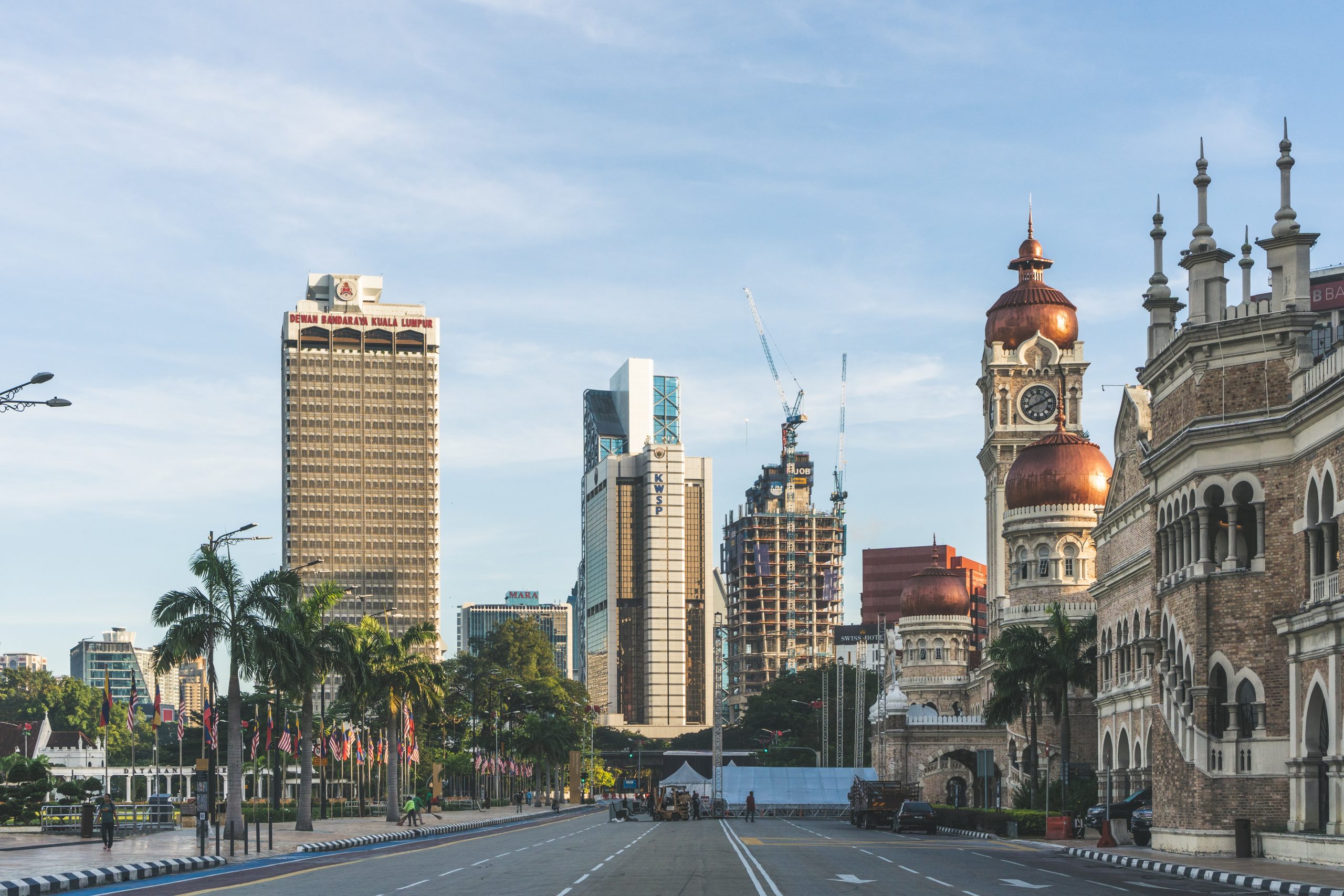
The Architectural Styles Of The British Colonial Buildings In Malaysia
Published on 1997 | by hbp.usm.my
(Extract from “British Colonial Architecture in Malaysia 1800-1930” by A. Ghafar Ahmad, Kuala Lumpur: Museums Association of Malaysia, 1997)
Aesthetically, British colonial architecture in Malaysia is essentially a hybrid. Under Western influence, the buildings sometimes look Classical, sometimes Gothic and sometimes show the influence of oriental forms. Most of them were modified to a greater or lesser degree by the use of local building materials and architectural traditions.
Generally, the buildings can be classified into several architectural styles including Moorish, Tudor, Neo-Classical and Neo-Gothic.
- The Moorish influence can be seen in many buildings in the heart of Kuala Lumpur, such as the Old General Post Office and the majestic Sultan Abdul Samad Secretarial Buildings, both of which were built between 1894 and 1897. They were designed by Arthur Charles Alfred Norman (A.C.A. Norman), a senior architect in the Public Works Department of Malaya. Other buildings include the Railway Station (1911), and the Railway Administration Headquarters (1917). The latter two buildings were designed by A.B. Hubback, an acting chief architect of Malaya who had worked for a time in the public Works Department in India. To portray the Islamic faith of the Malays, the architect looked to the Moghul architecture of northern India for inspiration.
- Tudor, however, is the architecture style of two social club buildings in Kuala Lumpur. They are the Royal Selangor Club building, built around 1884, and the Selangor Chinese Club built in 1929. The architectural style, which features large exposed wooden beams in half-timbered walls, was the typical model for some of the earliest social club buildings in the country.
- Some examples of Neo-Classical buildings are the elegent Municipal Council building in Georgetown built in 1879, the Town Council Offices (former Police Contingent building) in Klang built in 1910, and the Seremban State Library which was formerly known as the State Secretariat building built in 1912. The architects used classically proportioned columns and plaster, using Doric, Ionian and Corinthian capitals, to create these majestic structures.
- There are relatively few colonial buildings built in the Neo-Gothic style. For instance, Carcosa mansion, another good example of the hybrid nature of colonial architecture, which is located on a hill top in Kuala Lumpur. The building was originally built in 1897 as the official residence for Sir Frank Swettenham, who was the British Resident-General of the Federated Malay States. The design of the building was largely influenced by Tudor and Gothic styles.
- As might be expected, religious buildings are mainly Neo-Gothic. An example of this Neo-Gothic architecture is the Church of the Holy Rosary in Kuala Lumpur built in 1903. The building portrays many of the typically Gothic features of the churches of Europe. The church was established to serve the needs of the Chinese community in Kuala Lumpur.









